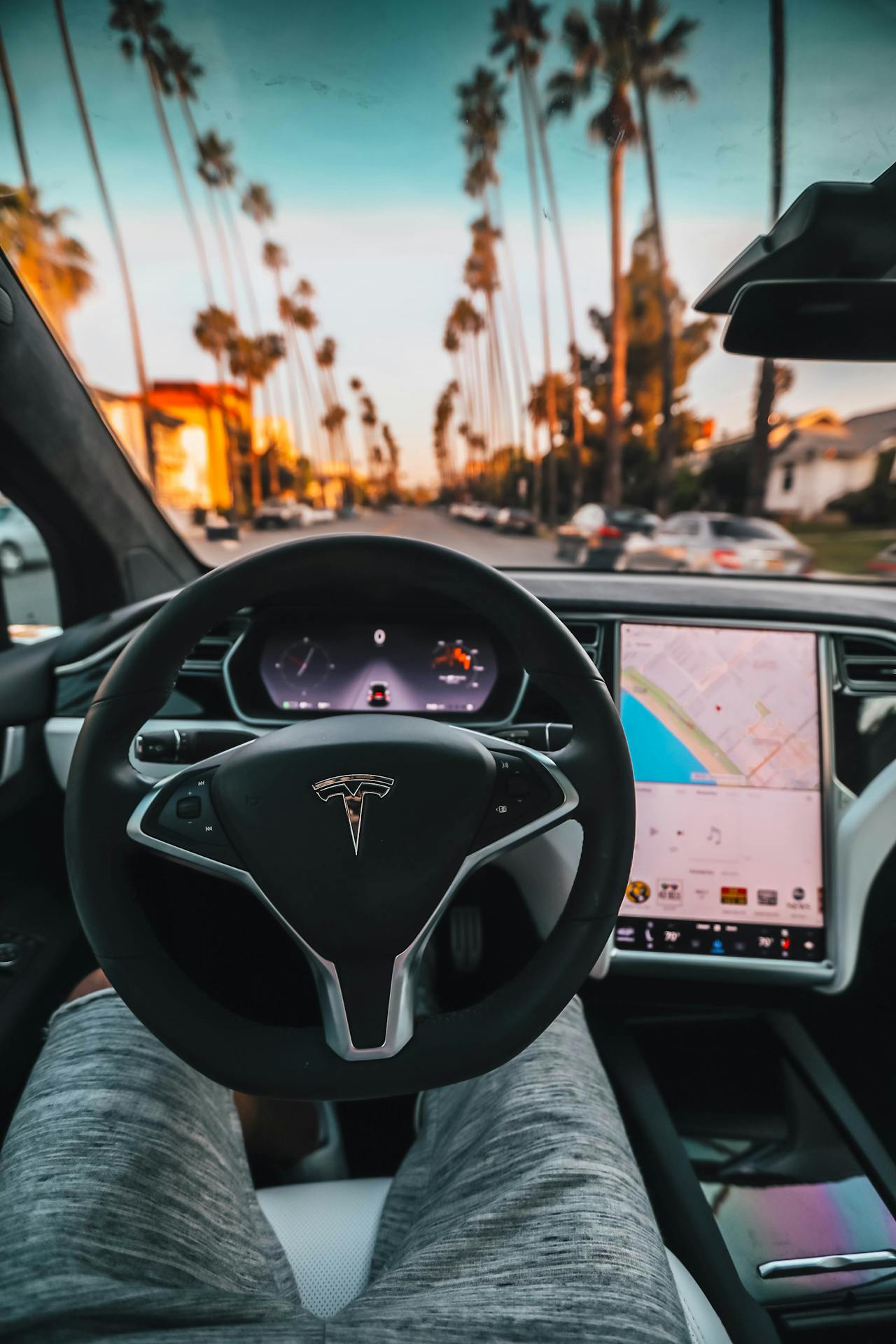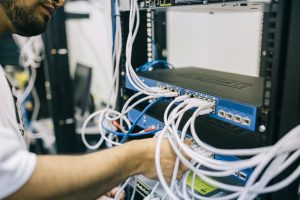“Is Tesla’s Full Self-Driving system (Tesla FSD) only possible on electric vehicles?”
By 2025, this question is no longer just for tech geeks—it’s a strategic one, central to the future of intelligent mobility. We often mention “electric” and “autonomous” in the same breath, as if they are inseparably linked. But in reality, their technological paths are not entirely overlapping. In Tesla’s case, its electric drivetrain and autonomous system are deeply integrated, yet not inherently inseparable.
In other words: they are coupled, but not hardwired together.
1. EVs Are the Best Container for Autonomy—Not a Prerequisite
From an engineering standpoint, the reason Tesla’s Full Self-Driving (FSD) system is deployed on EVs boils down to three key factors:
- Simpler architecture makes software control easier:
EVs lack the complex mechanics of internal combustion engines (ICE)—no gearbox delays, no throttle lag. This allows Tesla’s FSD to control the vehicle’s movement with greater precision. - High integration with electronic systems and drive-by-wire:
Electric vehicles offer a tighter connection between software and hardware, enabling faster, more responsive steering, braking, and acceleration. - Stable power supply for high-performance computing chips:
Tesla’s Dojo chip cluster consumes massive power. Gas-powered vehicles would struggle to provide such stable energy throughput.
That said, FSD isn’t technically dependent on EVs. In early 2024, Elon Musk openly stated:
“Theoretically, our FSD can run on any platform, including gas-powered cars. But that’s not the direction we’re taking.”
So yes, there are technical possibilities—but the final decision is both strategic and philosophical.
2. Tesla’s Software-Energy Loop: FSD + EV Efficiency
In 2025, Tesla’s product strategy heavily emphasizes software-driven energy optimization. The FSD system doesn’t just navigate—it dynamically adjusts acceleration and regenerative braking in real-time based on traffic flow and terrain to maximize driving range.
For example:
- In city driving, Model Y may detect a series of traffic lights and allow the car to coast gently, avoiding unnecessary hard stops—saving energy.
- On highways, FSD moderates acceleration based on traffic density, reducing current surges and protecting battery health.
This tight coupling between software and hardware forms a closed-loop efficiency network—something combustion engine vehicles simply can’t replicate. Their mechanical latency and lack of battery management feedback render such systems nearly impossible.
That’s why many engineers say:
Tesla’s EV and its FSD create a seamless energy-optimization ecosystem.
3. Why Tesla Won’t Offer FSD on Gasoline Cars
So if FSD could theoretically run on a gas-powered car, why doesn’t Tesla open up to it or license the system?
Here’s why:
- Regulatory friction:
Gas-powered cars would require major retrofits—electronic throttle, brake, and steering—pushing compliance costs through the roof. - Inconsistent driving dynamics:
Every ICE vehicle handles differently. That makes it incredibly hard to port FSD’s learning model to another vehicle with consistent performance. - Tesla’s ecosystem-first strategy:
FSD is not just a product; it’s Tesla’s core moat. Licensing it would dilute its brand control and reduce its vertical integration advantage.
Elon Musk has also made it clear:
“Why adapt our tech for a dying format? Gasoline cars are the past.”
To Tesla, autonomous driving is part of a future transport system—and that future must be electric.
4. FSD’s Training Data Is Deeply Tied to EV Behavior
A commonly overlooked point is this:
Tesla’s FSD model is trained exclusively on EV behavior.
By 2025, over 5 million Tesla vehicles with FSD Beta are operating globally. These cars continuously upload:
- Acceleration patterns vs motor torque curves
- Braking distances vs battery temperatures
- Voltage and current fluctuations vs terrain behavior
This entire model is based on electric drivetrain dynamics. FSD has effectively “learned” how EVs behave—and transferring this to ICE cars would require retraining the entire neural net from scratch.
So even if it’s technically portable, Tesla won’t make that switch—too much data risk, too little payoff.
5. Final Word: Tesla FSD and EVs Are a Symbiotic Future
So, is Tesla’s self-driving system dependent on EVs?
Technically no—but strategically, absolutely yes.
Tesla no longer sees FSD as a feature—it’s the centerpiece of an intelligent vehicle OS, driving performance, energy efficiency, UX, and value. And that OS can only flourish on an electric platform.
Looking ahead, as FSD begins real-world Robotaxi operations in more cities across the U.S. and Europe, Tesla’s commitment to a vertically integrated stack of “EV + Autonomy + AI Optimization” will only deepen.
It may take longer, but it’s a smarter, more defensible bet.
FAQ – Frequently Asked Questions
1. Can Tesla’s FSD work on a gasoline car?
Technically, yes. Tesla’s Full Self-Driving (FSD) system could run on any vehicle platform with proper electronic control systems. However, Tesla chooses not to do this due to integration complexity, inconsistent driving dynamics, and strategic brand focus on electric vehicles.
2. Why does Tesla pair FSD with electric vehicles?
Electric vehicles offer better software-to-hardware integration, instant response times, and stable power supplies—ideal for high-performance autonomous systems like FSD. The EV platform enables a closed-loop energy optimization system.
3. Could other automakers use Tesla’s FSD?
Not currently. Tesla maintains a closed ecosystem. It doesn’t license FSD to third-party manufacturers, and Elon Musk has emphasized the importance of full-stack control to ensure safety and performance.
4. Does FSD improve energy efficiency in Teslas?
Yes. FSD dynamically adjusts speed, braking, and acceleration based on traffic and terrain, which can help extend battery range and reduce wear on components.
5. What role does Tesla’s Dojo chip play in FSD?
Dojo powers Tesla’s neural network training for FSD. It processes vast real-time data from millions of EVs to improve decision-making. Dojo’s power needs are best supported by Tesla’s EV battery architecture.



